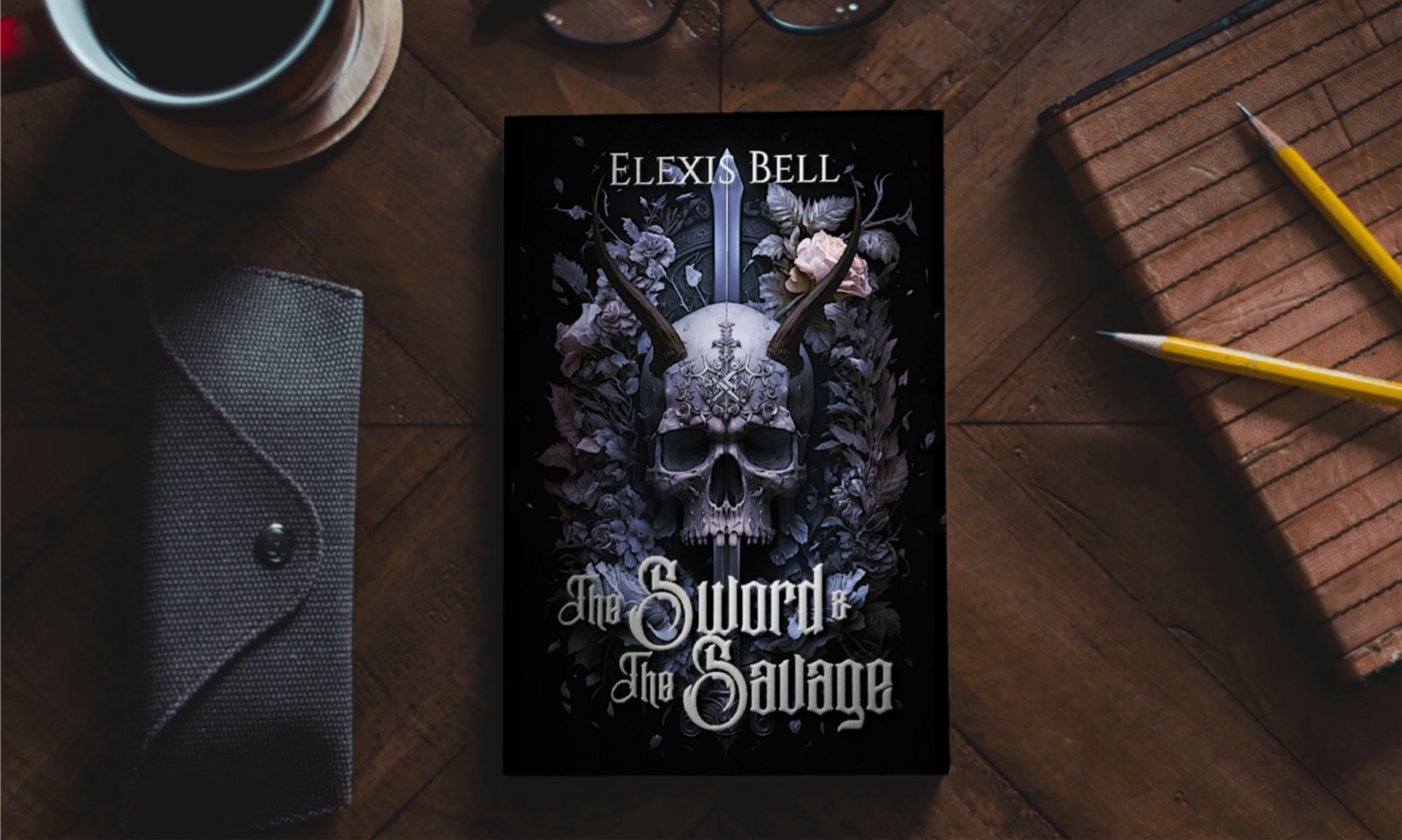Are you a Pantser or a Plotter? Or are you a hybrid? A Plantser?
This question is bandied about in writing circles rather frequently. For new writers, figuring out your writing method, and thus where you fit on that spectrum, might be difficult or confusing.
Each method has its own strengths and weaknesses. Since Pantsers and Plotters are basically complete opposites, the benefits of one tend to be where the other method falls short. And Plantsers get the good and bad of both.
To help clear this up (and help you find the writing method that suits you), I’m doing a three part series on the pros and cons of each.
Today, we’re starting with the benefits of plotting, and thus the dangers of pantsing.
Yes, there’s a reason I’m doing this one first. I’m a hard-core pantser, so I’m biased. So, for the sake of objectivity, I want you to see the upsides of plotting and downsides of pantsing before I sing the praises of pantsing.
So, let’s get started.
1. Plotting out your book ahead of time is a great way to avoid writer’s block.
You know before you ever start writing what will happen. So, when your outline is done and you finally sit down to write your first draft, you don’t have to figure out what to write.
You know what should happen.
When you stop writing for the day and come back to it the next day, you don’t have to recap what just happened or figure out the next scene. You can just look at your outline and start writing.
As a Pantser, that isn’t really an option. Unless you’ve been thinking about your book while away from your computer (which, let’s be real, I sincerely hope you do), then there’s the chance that you may come back to write and end up staring at a blank screen not knowing what to fill it with.
2. Plotting builds consistency into the book before you ever start writing.
With an outline, you can look at the bullet points, at the spreadsheets, at your story bible, or character bible and compare. You can cross reference all these notes to make sure that you never mix up a character’s hair color or backstory or mannerisms.
Pantsers… don’t have those things. If you do what I do (take notes as you write) then you have those to look back at, but even those are massively disorganized, in my case. I end up using the search function in Word. A lot.
3. Plotters have an end in mind, and thus, know how to resolve the conflict before they ever get to the climax of the book.
Any solid outline will include the ending, thus avoiding the problem that stopped me in my tracks with my sci-fi series when I finished (what I thought was) book one.
The bad guy got too big, too fierce. The final battle was going to be very one-sided. And that’s just boring. No one wants to read a landslide battle. There should be give and take, back and forth. No matter who wins, there should be a struggle involved in the final confrontation.
But I had no idea how to give the good guys a fighting chance.
I stopped writing to figure it out, working on other projects in the meantime. But a plotter would have figured all of that out before ever starting to write.
4. Plotholes can be filled in way ahead of time, potentially saving time on edits.
While making an outline or filling out a story bible, all plot points have to be included. Holes should stand out.
Whereas, if you just jump in and start writing, you may not notice a plothole until you’re 40,000 words in. (*puts hand up* I’ve been there.)
5. Your plot is less likely to meander.
If it’s all laid out in bullet points, it’s a little easier to keep that plot in check, making sure it walks a consistent, straight path.
Pantsing might mean that your plot follows one idea for a few chapters, then another idea for the rest of the book.
***
Now, this doesn’t mean that pantsing is bad. I love it. Honestly, it hurt a little to show only the bad sides of my favorite writing method in this blog.
But it’ll be rectified next week when I showcase the pros of pantsing and the cons of plotting.
Be sure to come back next Monday to check it out, as well as the Monday after that to learn about hybrid writers, the Plantsers. That’s the category that most people fit into.
Don’t forget to subscribe to my newsletter to stay up to date on my writing progress, get exclusive glimpses at what’s in the works, and special behind the scenes tidbits. There’s even a free short story for subscribing.
(If you were already a subscriber before I set up the freebie, don’t worry. I sent you the free ebook. Make sure to check your inbox.)
Keep reading. Keep writing.
Later.
